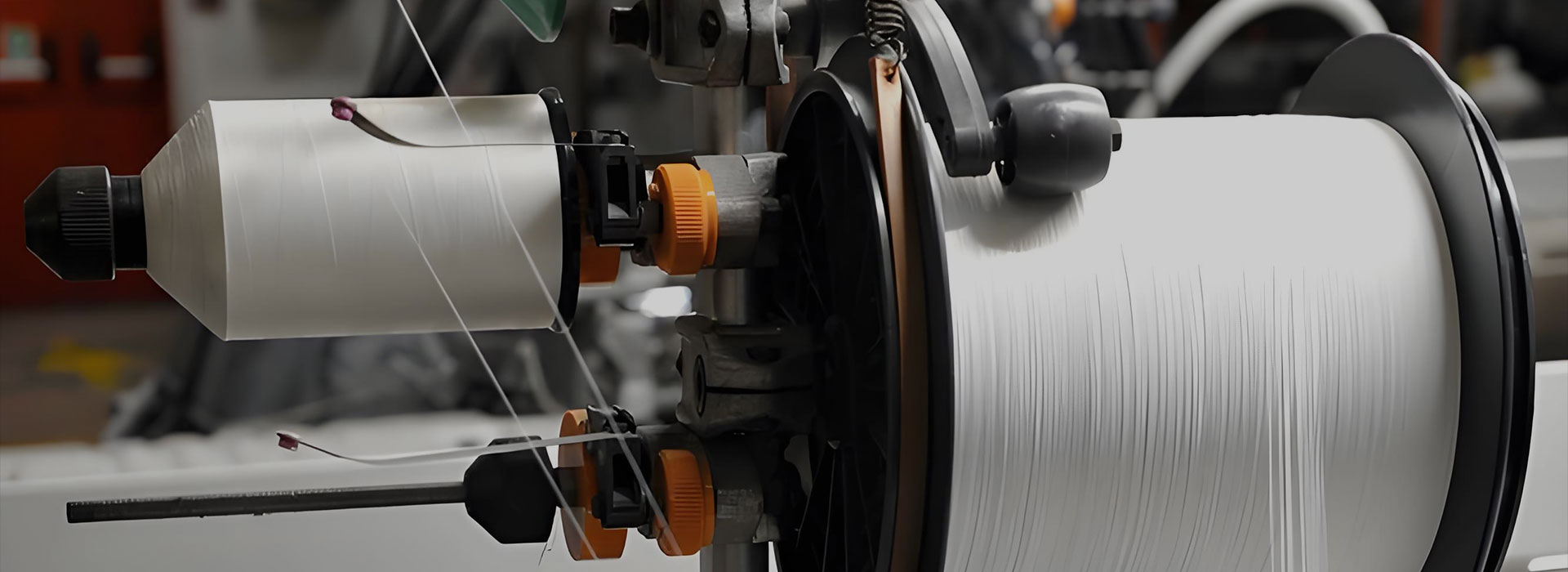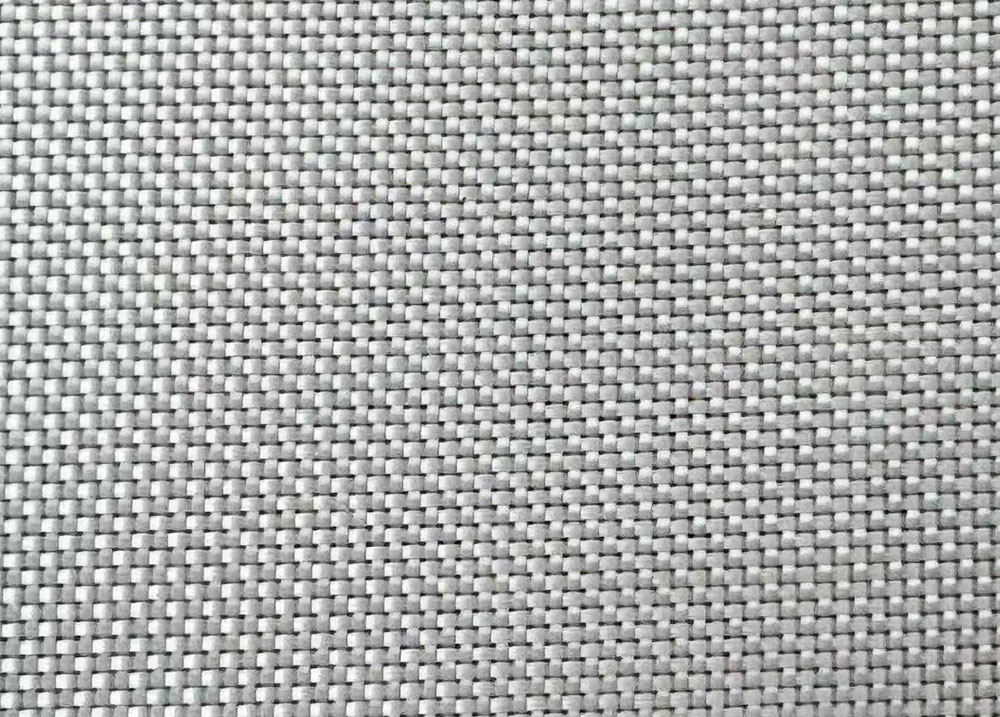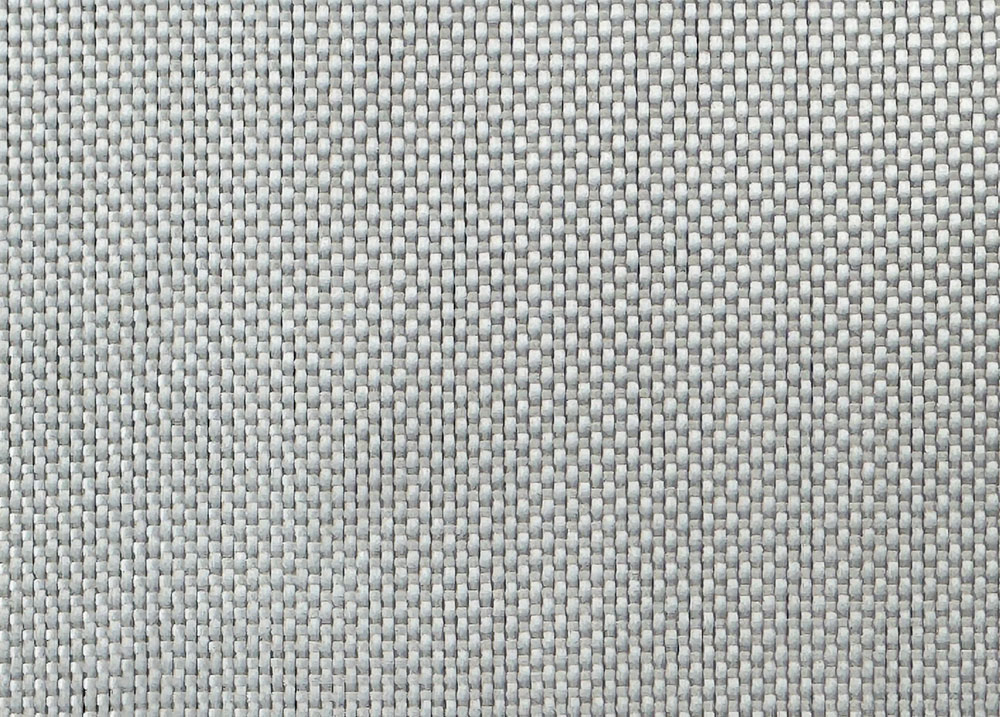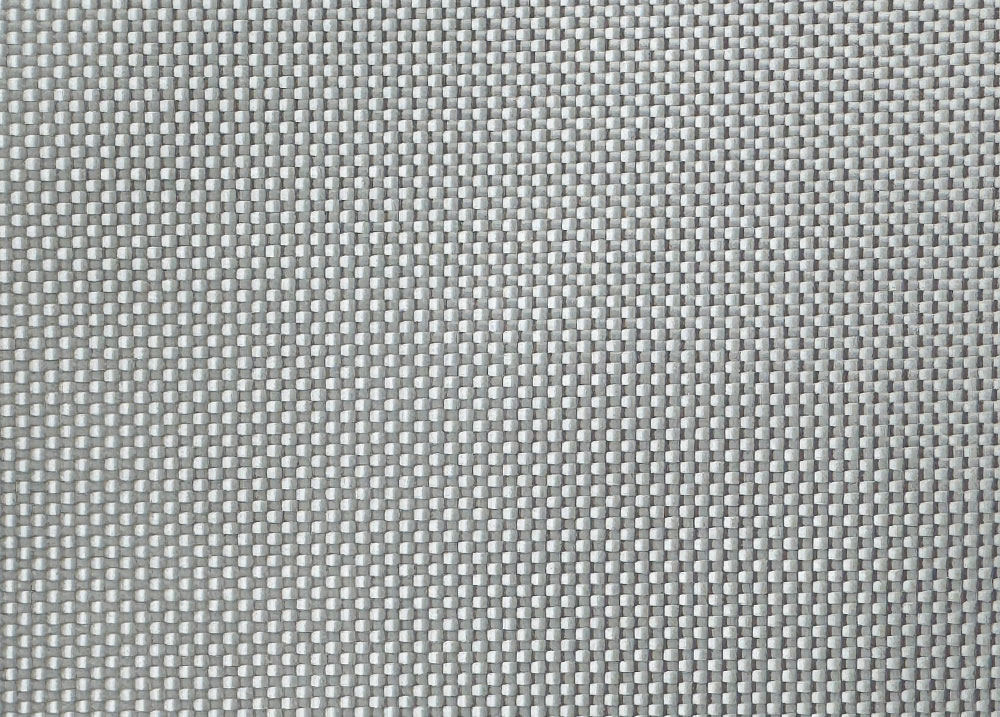Fiber Glass Cloth for Insulation
· Max Temperature: 1000°F (538°C)
· Compatible Resins: Not required (used as dry thermal barrier)
Key Features
· Excellent heat and fire resistance
· Strong, flexible, and easy to handle
· Maintains shape and performance under high temperatures
· Suitable for wrapping, layering, or custom fitting
Applications
· Thermal Insulation: Pipes, boilers, furnaces, and industrial equipment
· Fire Barriers: High-temperature environments
· Custom Solutions: Complex shapes and thermal protection wraps
How Does Fiberglass Cloth Work its Magic as an Insulator?
Fiberglass cloth might look simple at first glance, just a mesh of tiny glass fibers woven together. But behind that humble weave lies a fascinating ability to keep electricity where it belongs: away from trouble.
So, how exactly does fiberglass cloth pull off this insulating feat? It’s all like glass itself. Unlike metals, glass is a natural electrical insulator. Its fibers don’t let electric current flow freely, which makes the cloth a reliable barrier against electrical conduction.
When these fine glass strands are woven tightly into cloth, they create a continuous network that traps and blocks electrical paths. This mesh resists high voltages, helping prevent shorts or leaks in electrical systems.
But there’s more. Fiberglass cloth doesn’t just sit there—it’s often treated or combined with resins and coatings that enhance its dielectric strength, thermal resistance, and durability. Together, these layers form a tough, heat-resistant shield that withstands harsh environments without losing its insulating power.
This is why fiberglass cloth has earned its place in transformers, motors, circuit boards, and countless other electrical applications. It’s not just a fabric — it’s an invisible guardian, quietly ensuring safety and reliability behind the scenes.
In short, fiberglass cloth’s insulation magic comes from its glass fibers’ natural resistance to electricity, its tight woven structure, and smart enhancements that keep it performing under pressure. It’s a simple material with a complex job—and it does it well.









